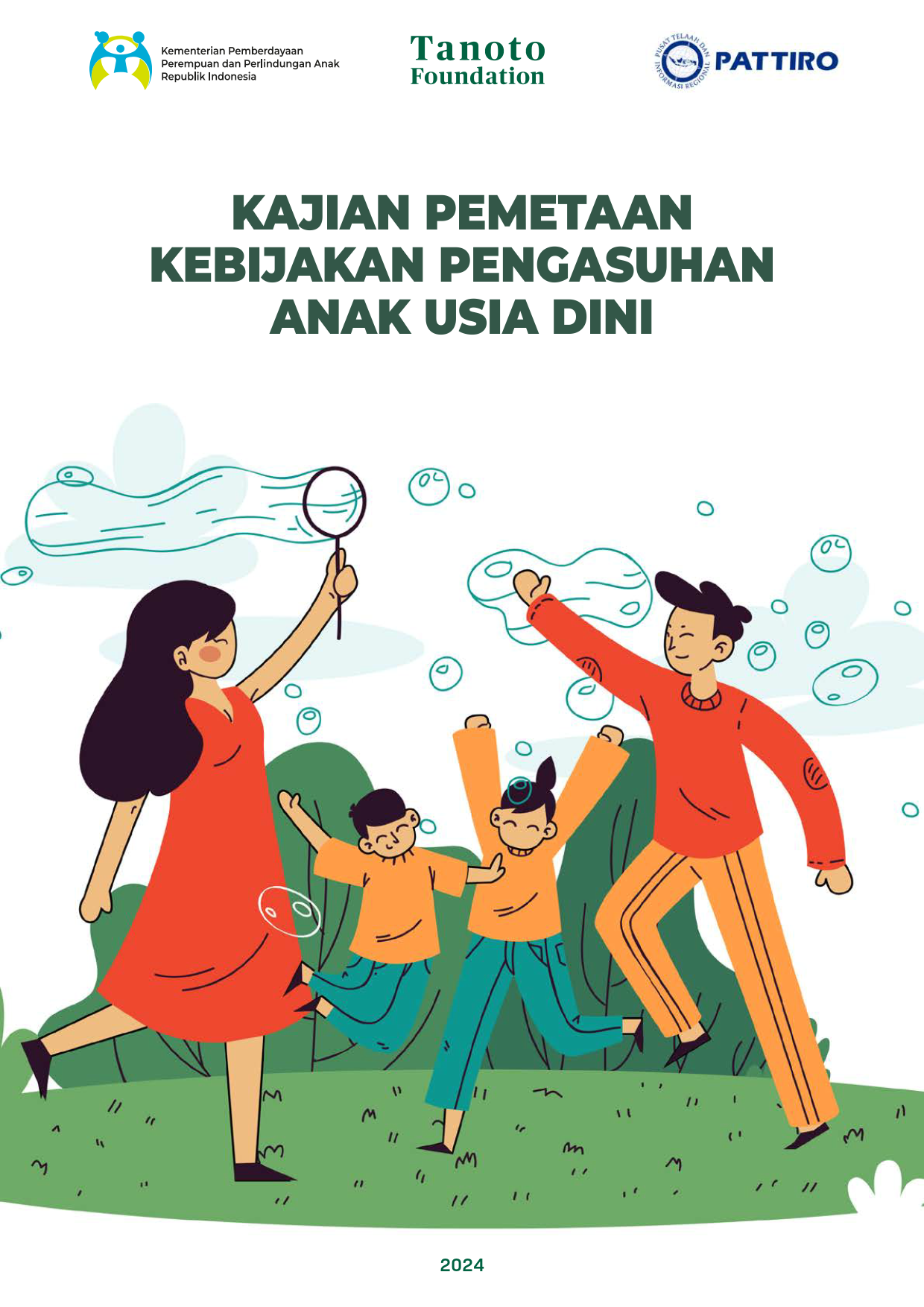 Indonesia still has homework to reduce the economic disparity between women and men. Based on Sakernas data (2018), women’s Labor Force Participation Rate (TPAK) is 51.88%. It is lower than men’s TPAK which reaches 82.69%. This condition became a serious concern of the government, where in the 2020-2024 National Medium-Term Development Plan (RPJMN), the Government set a target of increasing the TPAK of women to 55.00 in 2024. This government’s commitment needs to be appreciated and its implementation monitored so that it can improve gender equality in Indonesia.
Indonesia still has homework to reduce the economic disparity between women and men. Based on Sakernas data (2018), women’s Labor Force Participation Rate (TPAK) is 51.88%. It is lower than men’s TPAK which reaches 82.69%. This condition became a serious concern of the government, where in the 2020-2024 National Medium-Term Development Plan (RPJMN), the Government set a target of increasing the TPAK of women to 55.00 in 2024. This government’s commitment needs to be appreciated and its implementation monitored so that it can improve gender equality in Indonesia.
One of the government’s efforts to increase women’s TPAK is through social forestry. This program encourages the management of forest areas by communities living around the forest through the schemes of Village Forests, Community Forests, Community Plantation Forests, Forestry Partnerships and Customary Forests. In order to realize gender equality and justice in social forestry, the Government has also made efforts to encourage more inclusive social forestry management through the issuance of Minister of Environment and Forestry Regulation Number 9 of 2021.
However, in practice, although the achievements of social forestry have increased, from the perspective of beneficiaries, especially women’s involvement is still very limited. As of May 2022, access to social forest management has reached 4.9 million ha with a total of 1,076,014 beneficiary heads of households. Of these, women’s participation amounted to 141,819 women or 13% (KLHK, 2022). In more detail, the involvement of women, especially in social forestry business groups, is still very limited.
Seeing the conditions above, the Center for Regional Information and Studies (PATTIRO) took the initiative to develop a Gender Assessment Tool (GAT) in social forestry. Through the support of The Asia Foundation in the SETAPAK 3 Program, these tools seek to quickly identify various gender issues in social forestry management based on pre- and post-approval stages, social forestry institutions and policies, in terms of access, participation, control, and benefits from social forestry. This GAT can be used by civil society organizations as well as parties concerned with promoting social forestry. The data and information resulting from this assessment can serve as supporting material for strengthening social forestry management policies that are more gender responsive at both the central and regional levels.




